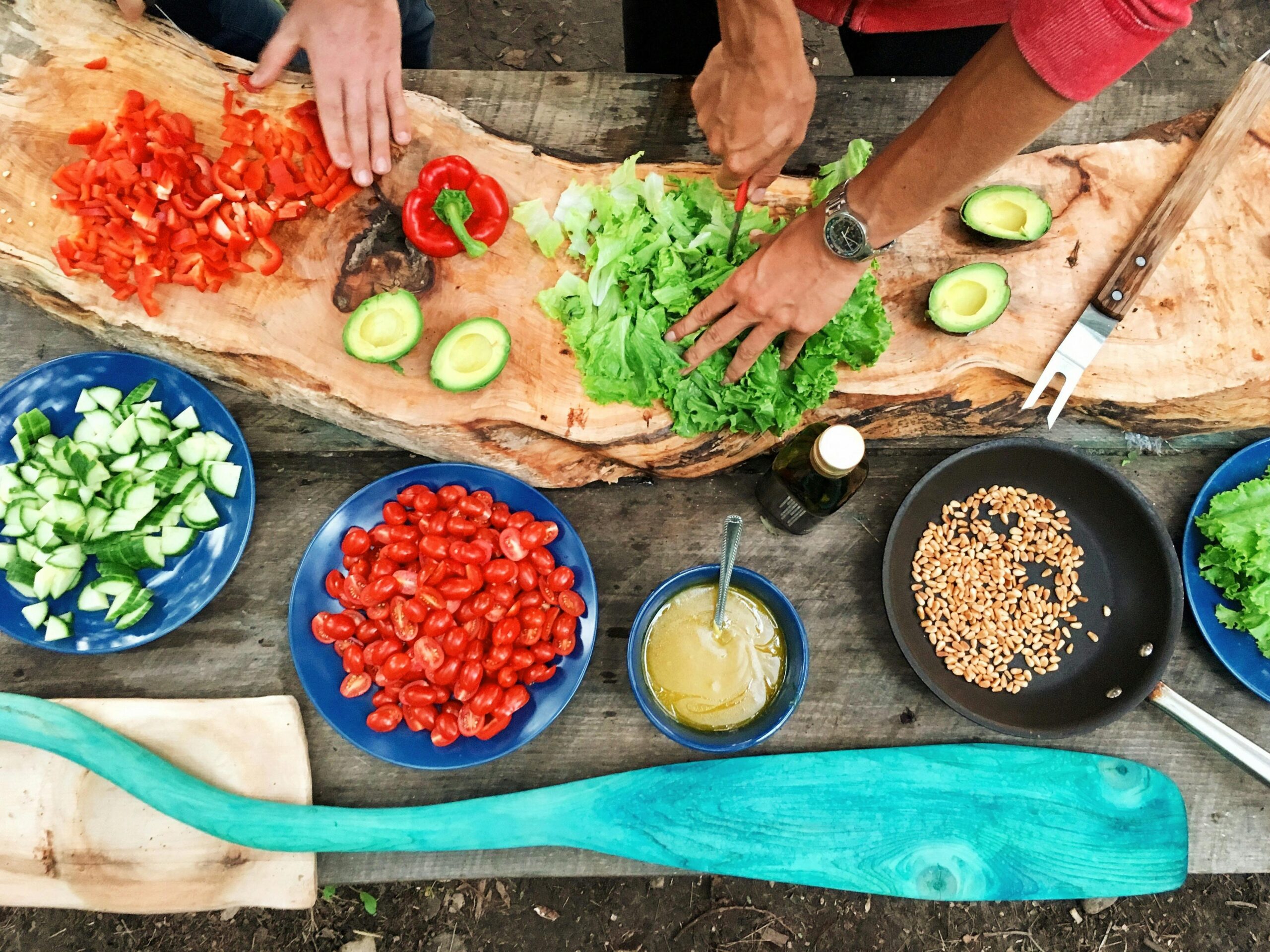Creating the perfect outdoor kitchen transforms your backyard into a culinary and social hub that rivals indoor spaces for functionality and enjoyment. By thinking strategically about your outdoor kitchen layout, you can design a space that flows naturally and accommodates everything from intimate family dinners to large gatherings. This comprehensive guide breaks down the four essential zones—cooking, prep, serving, and entertainment—to help you create an outdoor kitchen that combines professional efficiency with stylish outdoor living.
Understanding the Zone Approach to Outdoor Kitchen Design
Professional chefs organize their kitchens into zones to maximize efficiency, and this same principle applies perfectly to backyard kitchen planning. The zone approach prevents bottlenecks during meal preparation and creates natural flow between activities. When designing your outdoor kitchen, consider how you’ll move between zones while cooking and entertaining. The most successful outdoor kitchen designs minimize unnecessary steps while creating spaces that allow multiple people to work simultaneously without collision or confusion.
Your backyard kitchen should reflect your personal entertaining style. Some homeowners prioritize an expansive cooking zone with multiple appliances, while others might emphasize larger social spaces with a simpler grilling station. Before finalizing your outdoor kitchen layout, consider how you typically entertain—the number of guests, types of meals you prepare, and your climate’s influence on outdoor living throughout the year.
The Cooking Zone: Heart of Your Outdoor Kitchen
The cooking zone forms the foundation of your outdoor kitchen design. At minimum, this area includes your primary cooking appliance—typically a built-in grill, but potentially also a pizza oven, smoker, or specialized cooking equipment. When planning this zone, consider fuel sources (natural gas lines provide convenience while propane offers flexibility) and ventilation needs, especially if your outdoor kitchen sits beneath a covered structure.
Professional outdoor kitchen layouts position the cooking zone with safety and functionality in mind. Allow adequate clearance around hot appliances, particularly if children will be present during outdoor entertaining. Consider wind patterns to prevent smoke from blowing toward seating areas. For ultimate convenience, incorporate adequate counter space on either side of cooking appliances for placing ingredients and finished dishes. Storage beneath cooking surfaces keeps grilling tools and cooking necessities within easy reach while maintaining a clean aesthetic in your backyard kitchen.
The Preparation Zone: Making Cooking Effortless
An efficient prep zone minimizes trips back to your indoor kitchen, making outdoor cooking truly enjoyable. This zone should include a sink with running water (both hot and cold if budget allows), generous counter space for chopping and assembling ingredients, and appropriate storage for utensils and serving pieces. Many high-end outdoor kitchen designs incorporate refrigerator drawers or a compact refrigerator in this zone to keep ingredients fresh and beverages cold.
Thoughtful placement of the prep zone adjacent to but separate from the cooking area allows multiple people to work simultaneously without interference. Consider durable, weather-resistant countertop materials like granite, concrete, or specialized outdoor-rated surfaces that can withstand temperature fluctuations and UV exposure. Proper lighting above prep areas extends usability into evening hours, a crucial consideration for outdoor entertaining that continues after sunset.
The Serving Zone: Bridging Cooking and Entertainment
The serving zone creates a natural transition between food preparation and enjoyment. This area typically includes a dedicated counter or bar-height surface where plates can be filled and passed to guests. In larger outdoor kitchen layouts, the serving zone might feature a dedicated buffet counter or island that allows guests to serve themselves while keeping them at a safe distance from the cooking area.
When designing this zone, consider incorporating accessible electrical outlets for warming trays or specialty appliances. Many homeowners also include a beverage center within the serving zone—perhaps a wine cooler, ice maker, or built-in cooler—to keep drinks accessible without disrupting the cooking process. As noted by design experts at AskHomey, thoughtful integration of serving spaces dramatically improves flow during backyard gatherings, allowing hosts to interact with guests while maintaining cooking efficiency.
The Entertainment Zone: Creating Comfortable Social Spaces
The entertainment zone completes your outdoor kitchen by providing comfortable seating and social spaces. This area should flow naturally from the serving zone while remaining distinct from the cooking area. Consider including a mix of seating options—perhaps built-in benches, a dining table, or comfortable lounge furniture—to accommodate different types of gatherings and encourage guests to linger.
Weather protection deserves careful consideration when designing this zone. Pergolas, retractable awnings, or permanent roof structures extend the usability of your outdoor entertainment space regardless of sun or light rain. For year-round outdoor entertaining in cooler climates, incorporate heating elements like fire pits, freestanding heaters, or built-in radiant heating systems. Audio-visual components, subtle lighting, and thoughtful landscaping complete the environment, creating an immersive outdoor living experience that complements your sophisticated outdoor kitchen design.
Bringing It All Together: Materials, Utilities, and Finishing Touches
Unifying your outdoor kitchen zones through consistent materials creates a cohesive grilling station and entertainment area. Select materials that complement your home’s architecture while standing up to your local climate conditions. Consider how utilities—water, electricity, gas, and drainage—will connect to your outdoor kitchen layout, potentially requiring professional installation to ensure safety and compliance with local building codes.
Finally, personalize your outdoor kitchen with finishing touches that reflect your style. Weather-resistant cabinetry, appropriate outdoor lighting, potted herbs within reach of the prep area, and decorative elements transform a functional space into a true extension of your home. Remember that the best outdoor kitchen designs balance practicality with aesthetic appeal, creating spaces that work as beautifully as they look.
For more tips and to connect with reliable home service professionals, follow AskHomey on Facebook and Instagram.



